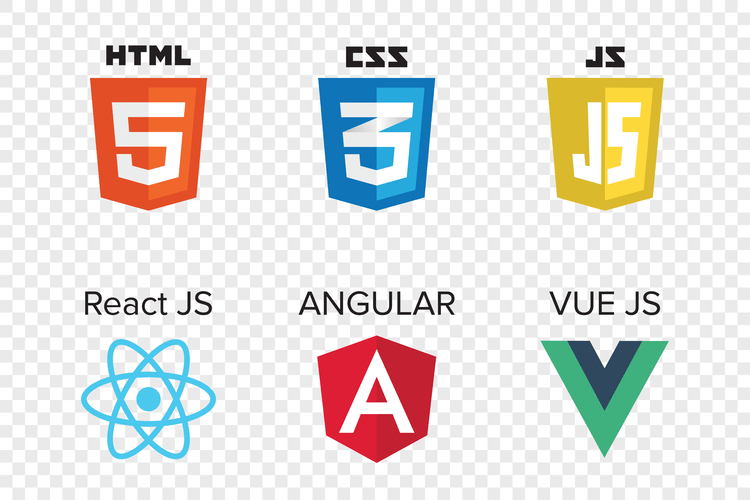So your data is basically in a fluid state until it becomes consistent. PostgreSQL shines when data integrity, complex querying, and strong SQL capabilities are paramount. It is an excellent choice for applications involving financial transactions, data warehousing, and complex reporting. MongoDB provides driver support for some of the best database languages like Python, R, Java, Scala, C, C++, C#, Node.js, and many more.
Learn more about them, how they differ, and how to determine which one is right for you. Walker Rowe is an American freelancer tech writer and programmer living in Cyprus. He writes tutorials on analytics and big data and specializes in documenting SDKs and APIs.
COMMUNITY
MySQL and PostgreSQL both support table partitioning to improve the performance of queries that hit large-size Tables. PostgreSQL, on the other hand, is a fully SQL-compliant database and supports all SQL standard features. Applications of pretty much any nature from any domain can use PostgreSQL as their database, which makes it a popular choice for OLTP, OLAP, and DWH environments. PostgreSQL is the best choice for developers who have to write complex SQLs. It is an RDBMS database, which is simple and easy to set up and use, but may not be suitable for applications requiring full SQL compliance.

However, as data is stored in key-value pairs in one record, it lacks the security boasted by PostgreSQL; MongoDB’s main focus remains on speed. MongoDB also provides you with the option of schema validation to enforce data governance controls over every collection. Relational databases are great at running complex queries and data-based reporting in cases where the data structure doesn’t change frequently. Open-source databases like PostgreSQL offer a cost-effective alternative as a stable production-grade database compared to its licensed contemporaries like SQL Server and Oracle. MongoDB is a cross-platform, open-source non-relational database released on February 11, 2009.
When to Use MongoDB vs. MySQL
PostgreSQL can be GUI-managed using Oracle’s SQL Developer, pgAdmin, OmniDB, and DBeaver. Tools popular for monitoring PostgreSQL health and performance are Nagios, Zabbix, and Cacti. Every time the privilege is granted, a password must be specified; otherwise, the user cannot connect. There is a higher chance that engineers would miss PostgreSQL failure due to the lack of auditing tools. It offers organizational efficiency and limitless growth opportunities.

PostgreSQL’s rigid schema and strong typing may result in slower inserts and updates due to server-side type checking and schema validation. However, PostgreSQL’s support for relations and JOINs allows users to create complex, structured data models that can return organized data from multiple tables with a single JOIN query. You can create custom data types, functions, and even programming languages to run inside the database. Plus, PostgreSQL is open source and has a vibrant community of contributors constantly improving its performance and adding new features. Whether building a simple web app or a complex data warehouse, PostgreSQL is a solid choice that won’t disappoint you. Because PostgreSQL is a traditional relational SQL database, it works well for basic applications where data is structured.
Head-to-Head Comparison Between MongoDB and PostgreSQL (Infographics)
In PostgreSQL, you define a schema with a specific set of columns and data types, and your data must fit that schema. On the other hand, MySQL excels in use cases that require robust transactional support and strong data integrity. With its mature and proven architecture, MySQL ensures data consistency, reliability, and accuracy, making it a trusted option for applications that demand secure and structured data storage. One of MongoDB’s standout features is its horizontal scalability through sharding, which enables it to handle large volumes of data by distributing it across multiple servers. This makes it an excellent choice for applications with rapidly growing datasets, such as social media platforms, content management systems, and real-time analytics.
Switching from MySQL to MongoDB requires careful consideration and adaptation of your applications to work effectively with MongoDB’s document-oriented data model. So, it’s crucial to assess your specific database needs before making a switch. MongoDB is a non-relational data storage management system that processes and stores large amounts and varying data types using flexible documents rather than tables and rows. MongoDB does not require a relational data storage system because it is a NoSQL solution; hence, it offers an extensible data storage format that allows you to manage multiple data types easily. PostgreSQL is popularly known to have good operational support for NoSQL data modules.
MongoDB vs. PostgreSQL: Syntax Differences
MongoDB Atlas makes building and configuring these clusters simpler and quicker. Below, we’ll explore how SQL and MongoDB approach querying data, with a few helpful examples. With schema validation, you can apply data quality controls and governance to schemas. That’s our quick summary — now let’s take a deeper look at each database in turn before we reach our detailed comparison.
This malleability is especially advantageous for scenarios where data arrives in varying formats or undergoes frequent changes. MongoDB accommodates hierarchical structures, arrays, and embedded documents, offering rich querying capabilities via its BSON query language. It’s an optimal fit for applications with rapidly evolving data schemas and requirements, such as content management systems, IoT applications, and real-time analytics. MongoDB is an open-source software from MongoDB Inc used for non-relational database management systems. At the same time, PostgreSQL is developed and maintained by the PostgreSQL Development group, which is used for the relational database management system.
PostgreSQL vs MongoDB: Comparing Databases
Postgres employs SQL ultimately under the hood, a structured query language, to define, to access and to manipulate the database. Postgres does use its own flavor of SQL called PL/pgSQL (procedural language/postgreSQL). The big difference between the two is that the latter can perform more complex queries than SQL. Other relational database models have their own flavor of SQL, which leads to minor differences across the board between the different databases. In contrast, PostgreSQL is an object-relational database management system (ORDBMS) that combines object-oriented features with relational database capabilities.
Analysis: A Ransomware Attack on a PostgreSQL Database – Security Boulevard
Analysis: A Ransomware Attack on a PostgreSQL Database.
Posted: Wed, 25 Oct 2023 05:10:50 GMT [source]
As far as the isolation levels within database transactions are concerned, PostgreSQL uses the read committed isolation level, by default. It also allows users to tune the read committed isolation level up to the serializable isolation level. PostgreSQL has become a very popular NoSQL choice for developers in the last three mongodb vs postgresql years and has enormous JSON capabilities. With JSON and JSONB data types, JSON-based data operations can be significantly faster and more efficient. JSON data can also be Indexed with B-Tree and GIN for improved searches, and XML and HSTORE data types can handle XML formats and other complex text-format data as well.
MongoDB vs PostgreSQL 9 Key Differences
So, you need to check if your applications work well with PostgreSQL and plan the switch carefully based on your specific database needs. Choosing between MongoDB and PostgreSQL trusts the specific needs of the project. MongoDB is a great option for appeal that handle large amounts of unstructured data and require high performance and scalability. On the other hand, PostgreSQL is ideal for applications that require complicated queries, transactions, and data consistency. The advantage of MQL is that it is specifically designed to handle JSON data, which makes it easier to work with when working with complex data structures.
- Data can be distributed across different regions with ease via the MongoDB Atlas cloud service.
- Some everyday use cases for PostgreSQL include web applications requiring high reliability and stability, such as bank systems, process management applications, analytics, geospatial data, and many more.
- However, PostgreSQL’s traditional SQL transactions are more widely understood and supported, making it a safer choice for mission-critical applications.
- Data collection and analysis is key for any business to survive in this big data era.









